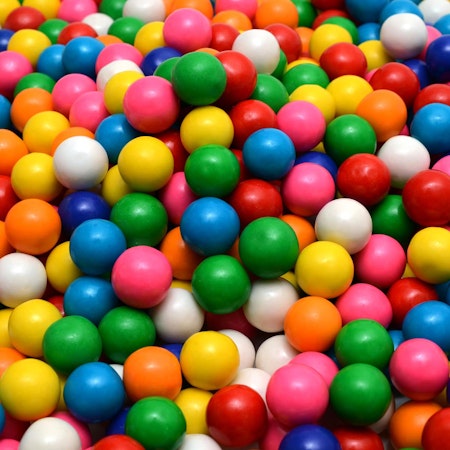
Gastropod
Food with a side of science and history. Every other week, co-hosts Cynthia Graber and Nicola Twilley serve up a brand new episode exploring the hidden history and surprising science behind a different food- or farming-related topic, from aquaculture to ancient feasts, from cutlery to chile peppers, and from microbes to Malbec. We interview experts, visit labs, fields, and archaeological digs, and generally have lots of fun while discovering new ways to think about and understand the world through food. Find us online at gastropod.com, follow us on Twitter @gastropodcast, and like us on Facebook at facebook.com/gastropodcast.
101
Delivery Wars
32 min
102
The Milk of Life
48 min
103
Poultry Power: The Fried Chicken Chronicles (en...
43 min
104
Guest episode: Montréal by Not Lost
47 min
105
Reinventing the Eel
43 min
106
Monsanto or MonSatan? How—and Why—a St. Louis S...
47 min
107
The Way the Cookie Crumbles
47 min
108
Black Gold: The Future of Food...We Throw Away
46 min
109
Gum's the Word: A Sticky Story
46 min
110
Déjà-Brew: How Coffee Got Bad, Then Worse, and,...
54 min
111
Grounds for Revolution: the Stimulating Story o...
47 min
112
The Fortune Cookie Quest
36 min
113
Guest Episode: Graveyard Cookies and Dollhouse ...
30 min
114
Mango Mania: How the American Mango Lost its Fl...
35 min
115
Guest Episode: Scents and Sensibility
39 min
116
Your Mystery Date
45 min
117
The Most Interesting Oil in the World
48 min
118
Are Plant- and Fungus-Based Meats Really Better...
50 min
119
Guest Episode: The Doorbell by Nice Try!
43 min
120
Balls *and* Brains: The Science and History of ...
45 min
121
Trick or Treat: Soul Cakes, Candy Corn, and Sug...
46 min
122
Buried Treasure: Weeds, Seeds, and Zombies
44 min
123
The Barrel That Could Save A Forest
45 min
124
Tofu for You: Meet the Cult Leader, the Spy, an...
45 min
125
The Great Gastropod Pudding Off (encore)
51 min